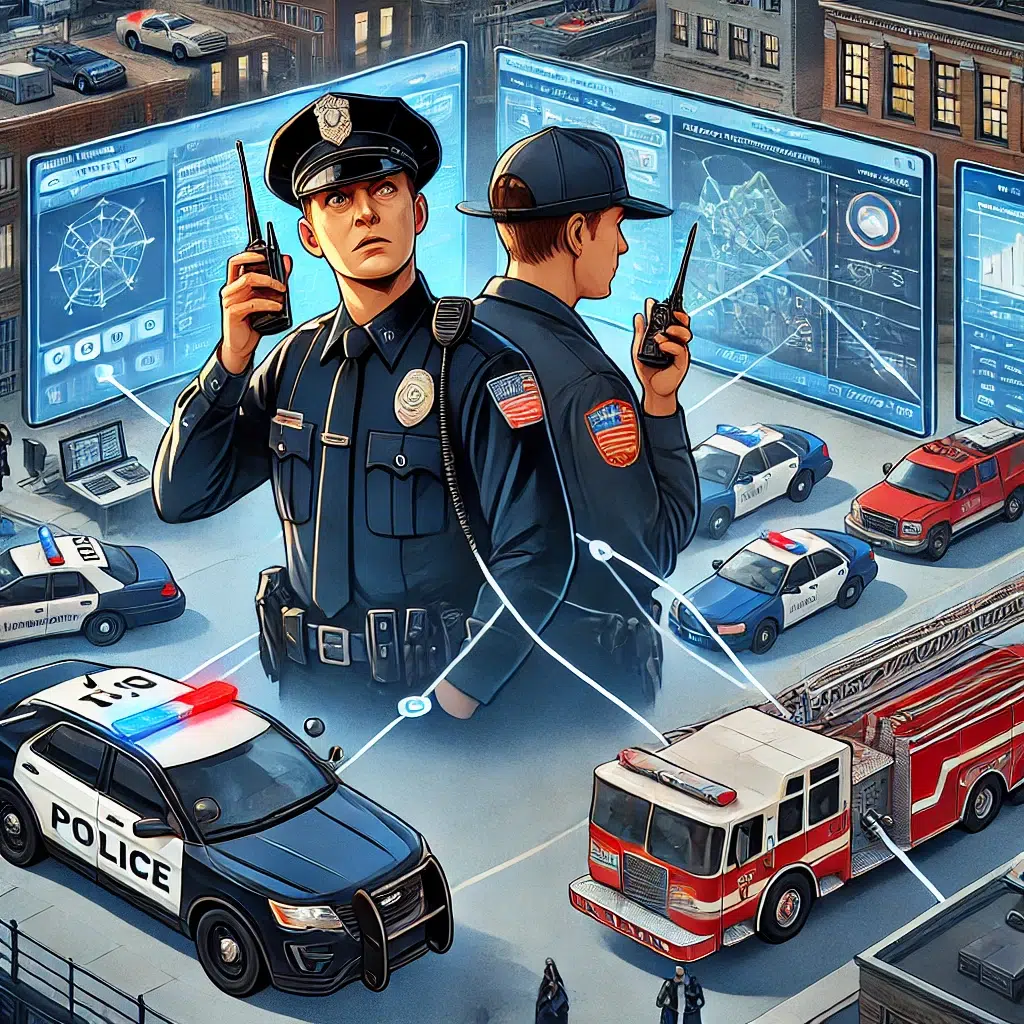
In the realm of public information and public affairs, effective Communication is paramount. Interdepartmental cooperation is not just a buzzword; it’s a critical component for successful public information sharing. This article delves into the importance of interdepartmental cooperation, provides real-world examples, and outlines best practices for public information professionals.
The Importance of Interdepartmental Cooperation
Interdepartmental cooperation ensures that information is accurate, timely, and consistent. When departments work in silos, the risk of misinformation increases, leading to public confusion and a potential loss of trust. Cooperation fosters a unified approach, ensuring that all departments are on the same page and that the public receives clear and coherent messages.
Real-World Examples
- Hurricane Response in Florida: During Hurricane Irma in 2017, various state and local agencies in Florida demonstrated exemplary interdepartmental cooperation. The Florida Division of Emergency Management, local law enforcement, public health departments, and utility companies collaborated to provide real-time updates, evacuation orders, and safety information. This coordinated effort helped minimize the impact of the hurricane and ensured public safety.
- COVID-19 Pandemic Response: The COVID-19 pandemic highlighted the need for interdepartmental cooperation on a global scale. The Centers for Disease Control and Prevention (CDC), state health departments, and local governments collaborated to disseminate crucial information about the virus, vaccination campaigns, and safety protocols in the United States. This cooperation was vital in managing public health and ensuring accurate information reached the public.
- Wildfire Management in California: California’s approach to wildfire management involves cooperation between the California Department of Forestry and Fire Protection (Cal Fire), local fire departments, and environmental agencies. By sharing resources and information, these departments can respond more effectively to wildfires, provide timely evacuation notices, and inform the public about air quality and safety measures.
Best Practices for Interdepartmental Cooperation
- Establish Clear Communication Channels: Create dedicated communication channels for interdepartmental information sharing. Clear Communication can include regular meetings, shared digital platforms, and emergency communication protocols. Ensure that all departments know how to access and use these channels effectively.
- Develop Joint Communication Plans: Collaborate on communication plans that outline roles, responsibilities, and procedures for information dissemination. These plans should be regularly updated and tested through drills and simulations.
- Foster a Culture of Collaboration: Encourage collaboration by promoting mutual respect and understanding among departments. Collaboration is achieved through team-building activities, cross-departmental training, and recognition of collaborative efforts.
- Leverage Technology: Utilize technology to streamline communication and information sharing. Tools like shared databases, cloud storage, and real-time collaboration platforms can enhance efficiency and ensure that all departments can access the latest information.
- Engage in Continuous Training: Provide ongoing training for public information officers and other relevant staff on the importance of interdepartmental cooperation and effective communication strategies. This training should include scenario-based exercises to prepare for real-world situations.
- Evaluate and Improve: Regularly evaluate the effectiveness of interdepartmental cooperation and communication strategies. Gather feedback from all departments and the public to identify areas for improvement and implement necessary changes.
Conclusion
Interdepartmental cooperation is the cornerstone of successful public information sharing. By working together, departments can ensure that the public receives accurate, timely, and consistent information, enhancing public trust and safety. Public information professionals must prioritize cooperation and continuously seek ways to improve communication strategies to meet the evolving needs of their communities.
